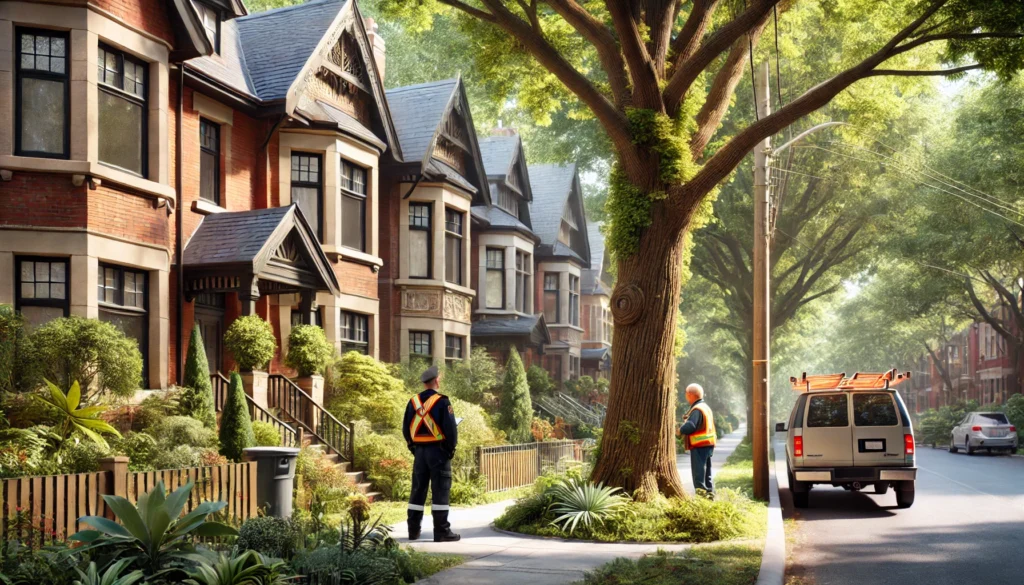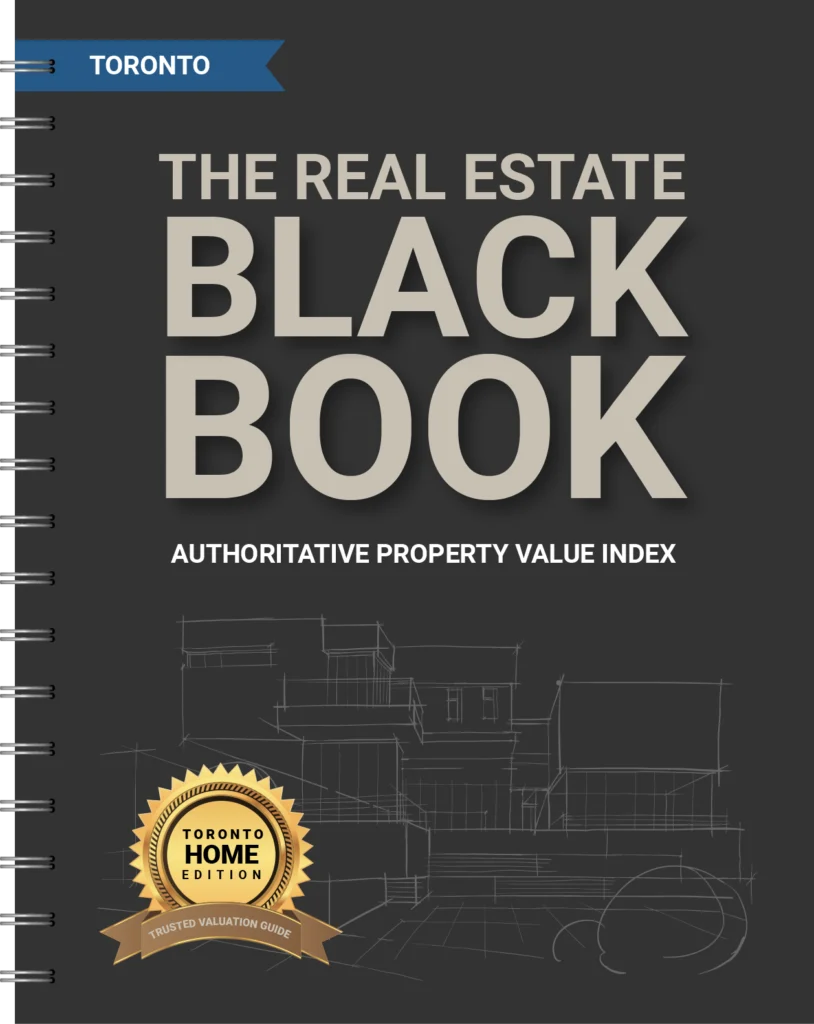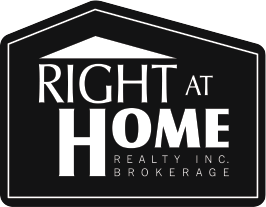Toronto Tree Bylaws: How They Impact Your Property Value
The presence and maintenance of trees can significantly impact the value of a property. In Toronto, specific tree bylaws and rulesgovern how property owners must manage trees on their land. Understanding these regulations is crucial for homeowners, buyers, and sellers alike, as they can either enhance or hinder property value. In this comprehensive blog post, I will explore the intricacies of Toronto’s tree rules and their implications on property value.
Understanding Toronto’s Tree Bylaws
Toronto has several tree bylaws designed to protect trees and ensure sustainable urban forestry. These include the Private Tree Protection By-law, the Street Tree By-law, and the Ravine and Natural Feature Protection By-law. Each of these regulations has specific provisions that property owners must follow.
The primary tree bylaws governing tree protection in Toronto are:
Municipal Code Chapter 813, Trees, Article II (Private Tree By-law): This bylaw protects trees on private property.
Municipal Code Chapter 813, Trees, Article III (Street Tree By-law): This bylaw protects trees on city property, including those on boulevards and front yards.
Private Tree Bylaws
The Private Tree Protection By-law is aimed at preserving mature trees on private property. This tree by-law requires property owners to obtain a permit before removing or injuring any tree with a diameter of 30 cm or more, measured at 1.4 meters above the ground. The application process involves an inspection by an urban forestry officer and may require a replacement plan if the removal is approved.
Street Tree Bylaws
The Street Tree By-law protects trees located on public property, including boulevards and road allowances. Any work that may affect these trees, such as pruning, removal, or construction, requires a permit from the city’s Urban Forestry division. This tree by-law ensures that public trees are preserved for their environmental and aesthetic benefits.
Ravine and Natural Feature Protection Tree Bylaws
This by-law focuses on protecting trees and natural features within Toronto’s ravine system. Property owners within designated ravine areas must adhere to specific regulations when undertaking activities that may impact the natural environment. This includes obtaining permits for tree removal and implementing measures to minimize environmental disruption.
Impact of Tree Bylaws on Property Value
Trees can have both positive and negative impacts on property value, depending on how they are managed and regulated.
Positive Impacts
Mature trees enhance curb appeal and contribute to the overall aesthetics of a neighbourhood. Properties with well-maintained trees often command higher prices due to their visual appeal. Additionally, trees provide natural cooling, reducing energy costs for homeowners. They also offer increased privacy and noise reduction, making properties more desirable.
Negative Impacts
Tree regulations can sometimes restrict property development and renovation projects. For example, if a mature tree stands in the way of an extension or new construction, the costs and processes involved in obtaining removal permits can be significant. Non-compliance with tree bylaws can lead to fines and penalties, further impacting property value.
Private Property Trees Permit Requirements
For trees on private property, the Private Tree Bylaw applies to all trees with a diameter of 30 centimetres (12 inches) or more at breast height (1.4 meters above ground). Property owners must obtain a permit from the City of Toronto before removing or significantly injuring such trees.
Steps to Obtain a Permit:
- Application Submission: Complete and submit a Tree Permit Application form.
- Arborist Report: Include a report from a certified arborist detailing the tree’s health and the reasons for removal.
- Site Plan: Provide a site plan showing the location of the tree.
- Public Notice: Post a public notice on the property to inform neighbours of the proposed removal.
- Review and Inspection: The city reviews the application and may conduct an on-site inspection.
Permits are granted based on several factors, including the tree’s health, its contribution to the local ecosystem, and any potential hazards it may pose. If a permit is granted for tree removal, the city typically requires the planting of replacement trees. The number and species of replacement trees are specified in the permit conditions.
Public Property Trees Permit Requirements
For trees on city property, including those in front yards or on boulevards, the Street Tree By-law applies. These trees are managed by the city’s Urban Forestry Division, and any work involving these trees requires a permit.
Steps to Obtain a Permit:
- Application Submission: Complete and submit a Tree Permit Application form for city-owned trees.
- Arborist Report: Include a report from a certified arborist, if required.
- Site Plan: Provide a site plan showing the location of the tree.
- Public Notice: Post a public notice on the property.
- Review and Inspection: The city reviews the application and conducts an on-site inspection.
Permits for removing or altering city-owned trees are generally more challenging to obtain, as these trees are considered public assets.
Case Studies and Real-Life Examples
Case Study 1: Increased Property Value Due to Mature Trees
A family in Toronto’s Leaside neighbourhood saw a significant increase in their property’s value due to several mature oak trees. The trees provided shade, privacy, and a picturesque setting, making the property highly attractive to buyers. When the family decided to sell, the presence of these trees was a major selling point, contributing to a higher sale price.
Case Study 2: Challenges Faced by Property Owners Due to Tree Regulations
In the High Park area, a homeowner encountered challenges when planning a home extension. A large maple tree on the property was protected under the Private Tree Protection Bylaw. The homeowner had to apply for a permit and create a tree preservation plan, which delayed the project and added unexpected costs. Despite these challenges, the homeowner complied with the regulations, and the property’s value remained stable due to the tree’s aesthetic and environmental benefits.
Case Study 3: Successful Navigation of Tree Bylaws for a Renovation Project
In the Beaches neighbourhood, a couple successfully navigated the Street Tree By-law during their home renovation. They worked with an arborist to ensure their plans complied with the by-law, preserving a large street tree that added charm to their property. The renovation enhanced the home’s value, and the preserved tree continued to contribute positively to the neighbourhood’s appeal.
Navigating Tree Bylaws When Buying or Selling a Home
Tips for Buyers
Before purchasing a home in Toronto, it is essential to understand the tree bylaws that may affect the property. Buyers should:
- Check for any protected trees on the property and understand the requirements for their maintenance or removal.
- Assess how trees might impact future renovation or development plans.
- Consult with a real estate expert to get a clear picture of how tree regulations could affect property value.
Tips for Sellers
Sellers can enhance their property’s appeal by:
- Ensuring trees are well-maintained and healthy.
- Highlighting the benefits of mature trees, such as energy savings and aesthetic value, in marketing materials.
- Disclosing any tree-related regulations to potential buyers to avoid surprises during the transaction process.
Expert Advice on Managing Trees and Property Value
Consulting with Arborists
Engaging a certified arborist can provide valuable insights into tree care and management. Arborists can:
- Assess the health and condition of trees on your property.
- Provide recommendations for maintenance, pruning, or removal.
- Assist in navigating the permit application process for tree work.
Legal and Financial Considerations
Understanding the costs associated with tree maintenance and removal is crucial. Homeowners should:
- Budget for regular tree care to maintain property value.
- Be aware of the legal implications of non-compliance with tree bylaws, including potential fines and penalties.
- Consider the long-term benefits of trees in terms of energy savings and enhanced property appeal.
Conclusion
Toronto’s tree bylaws play a significant role in shaping the urban landscape and impacting property values. While these regulations can present challenges, they also offer numerous benefits by preserving the city’s green spaces and enhancing neighbourhood aesthetics. By understanding and complying with these bylaws, property owners can ensure their investments are protected and potentially increased in value. For personalized advice and assistance with navigating Toronto’s tree regulations, consider reaching out to a real estate expert.



